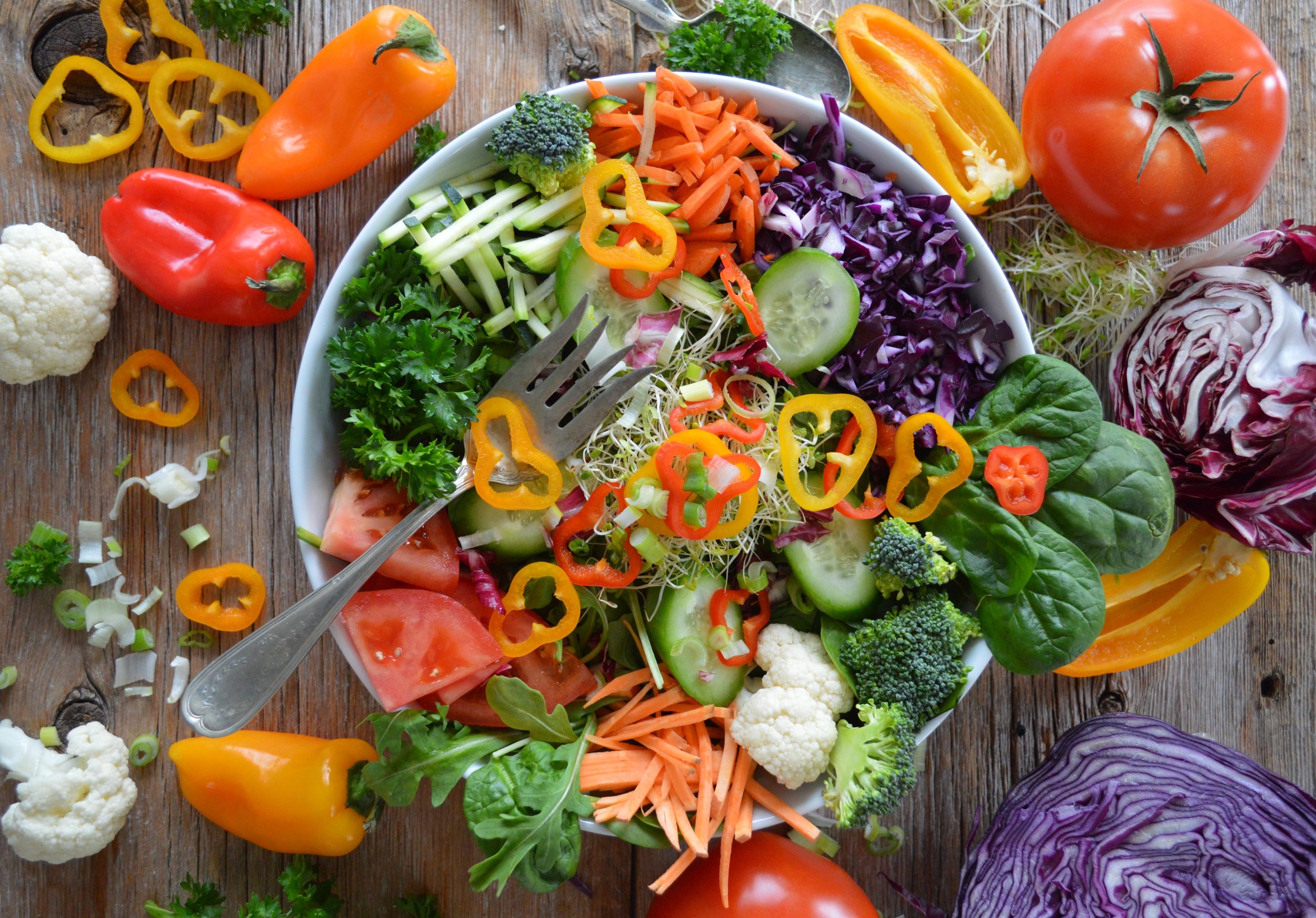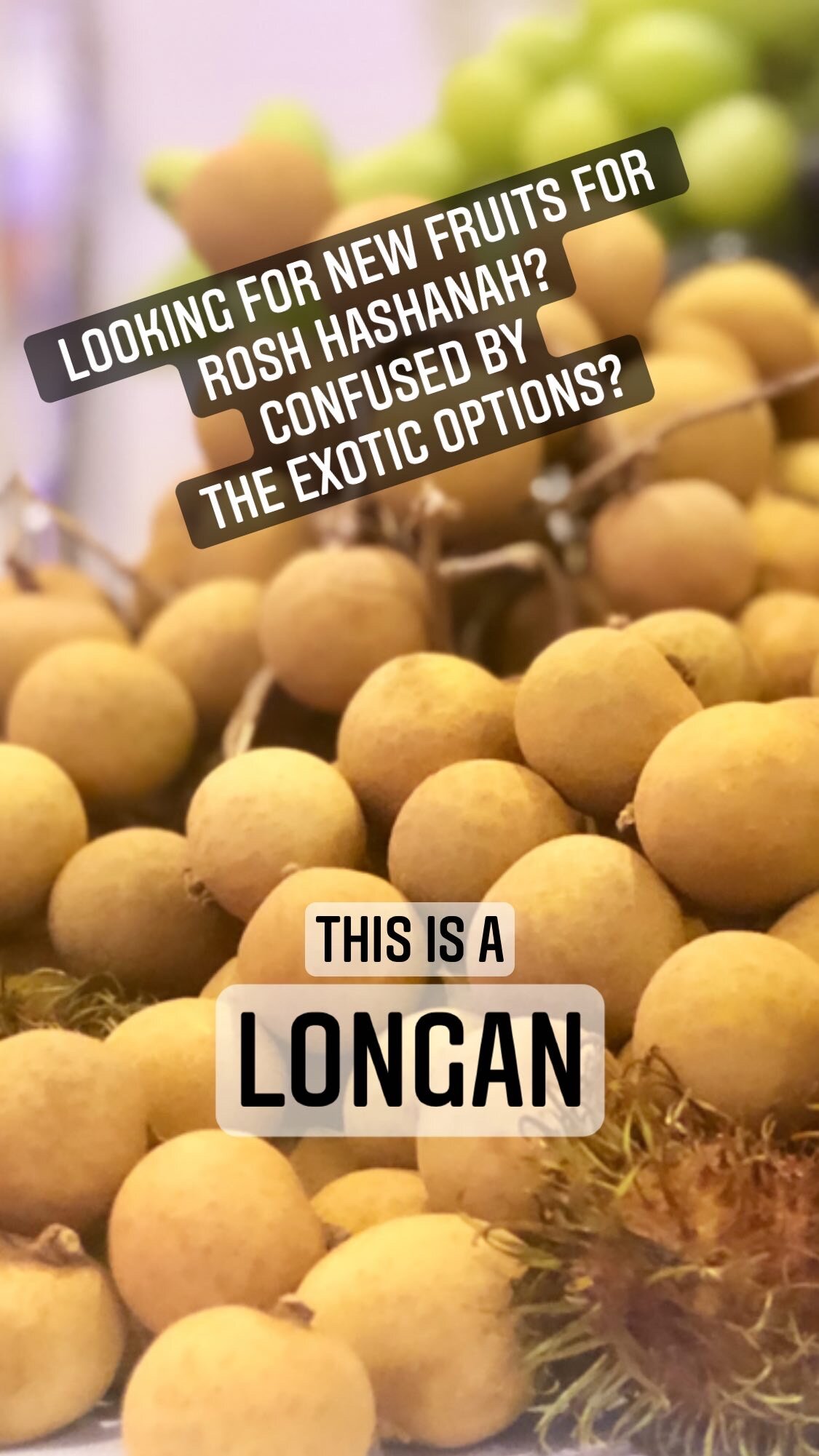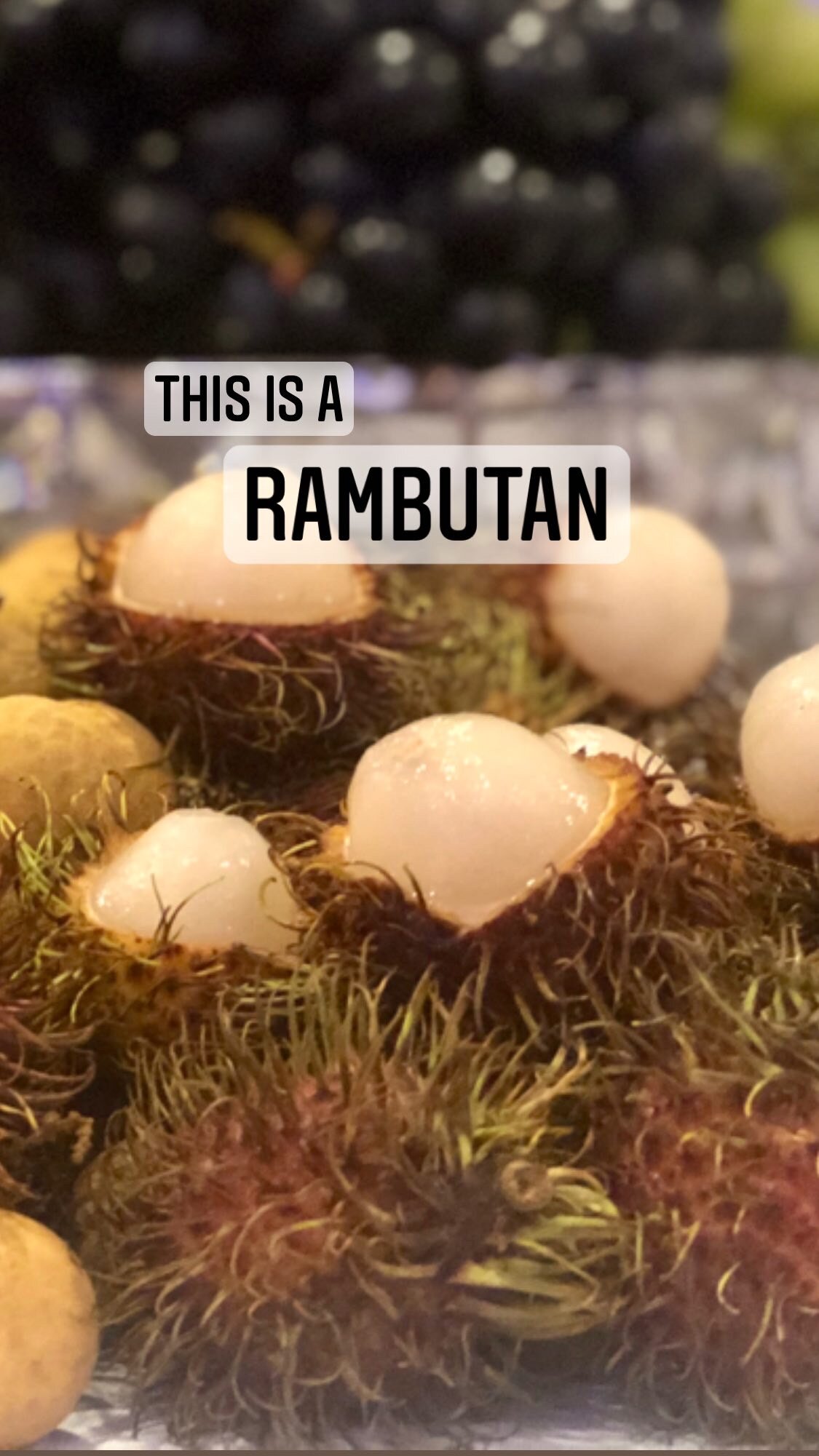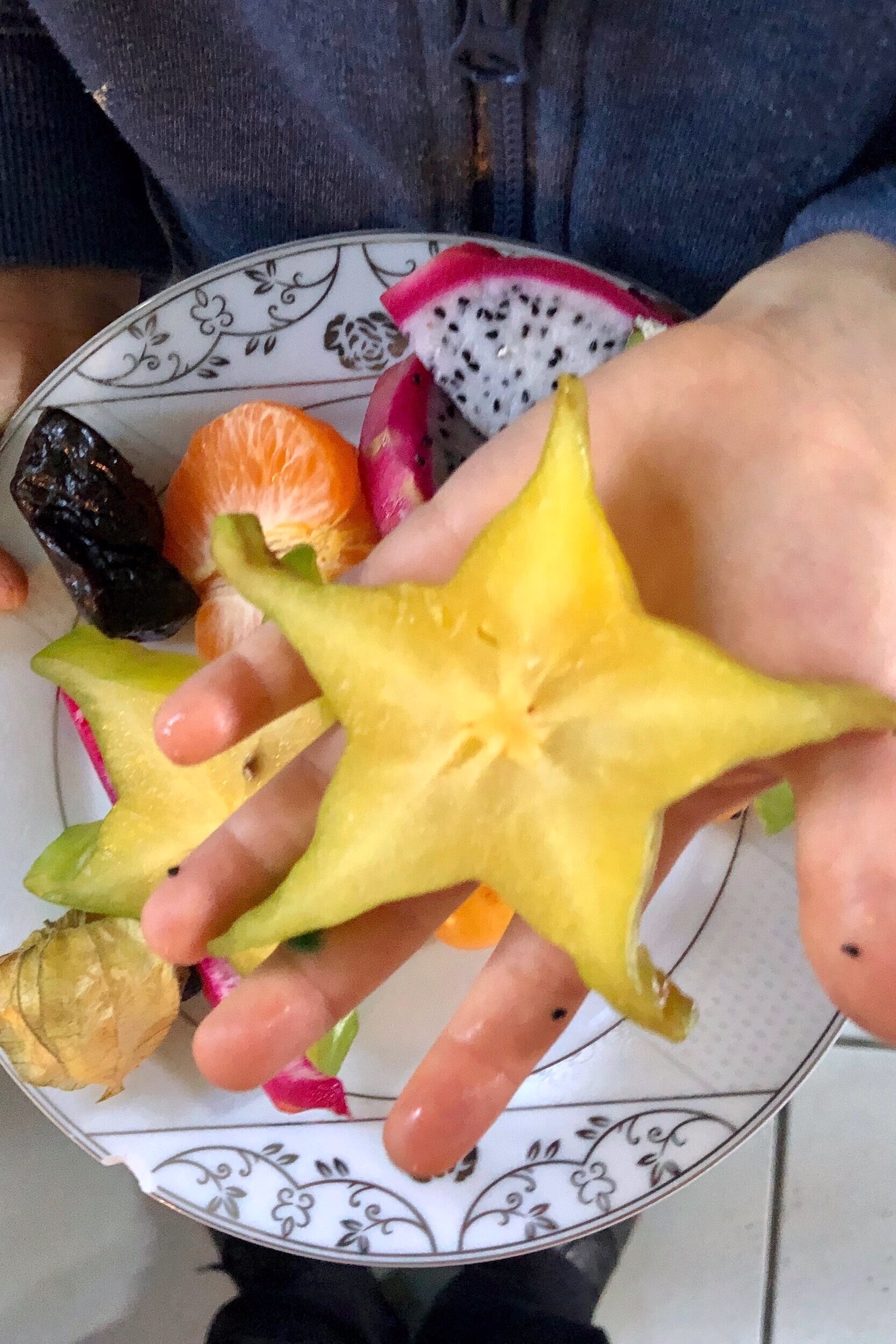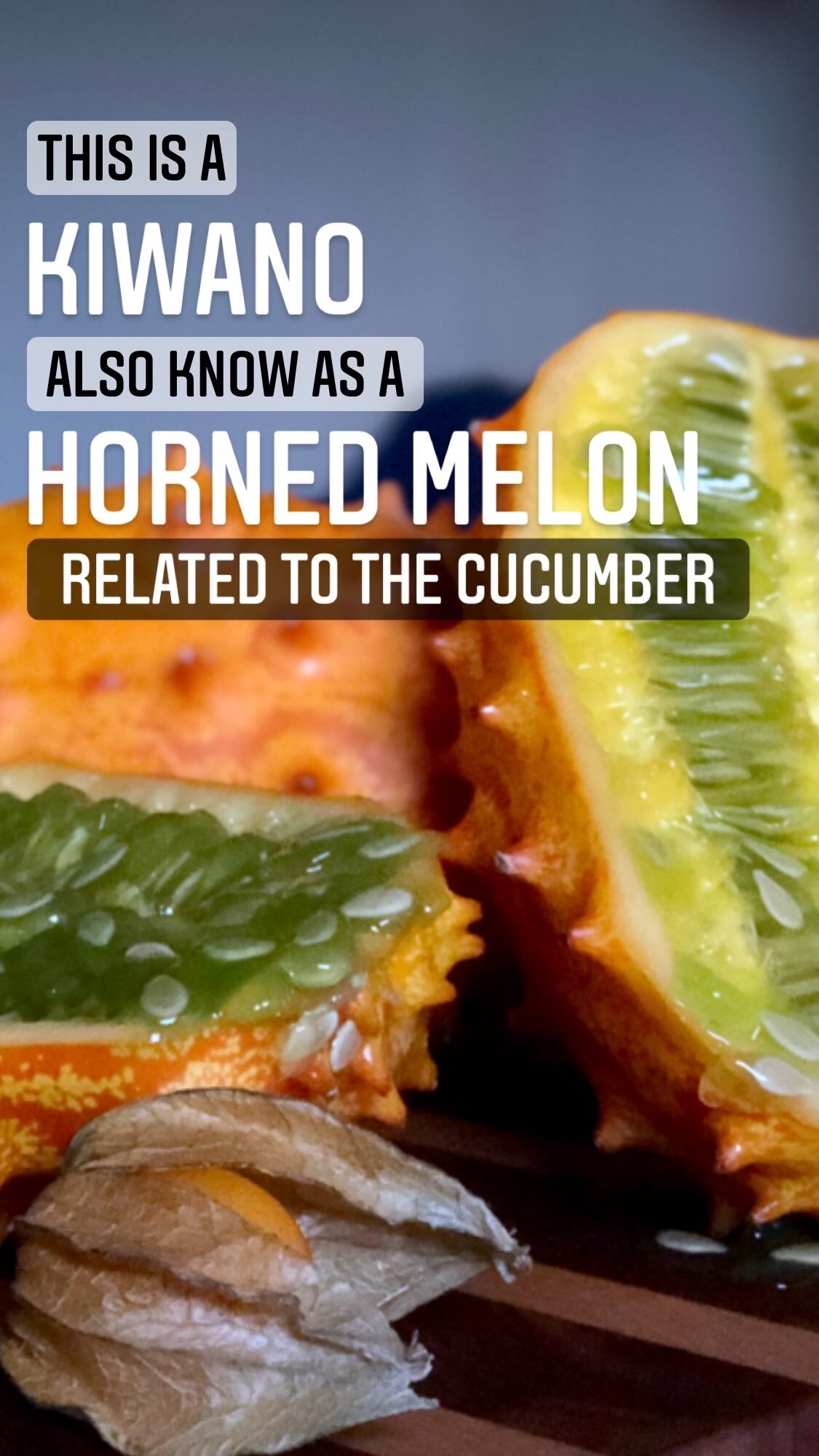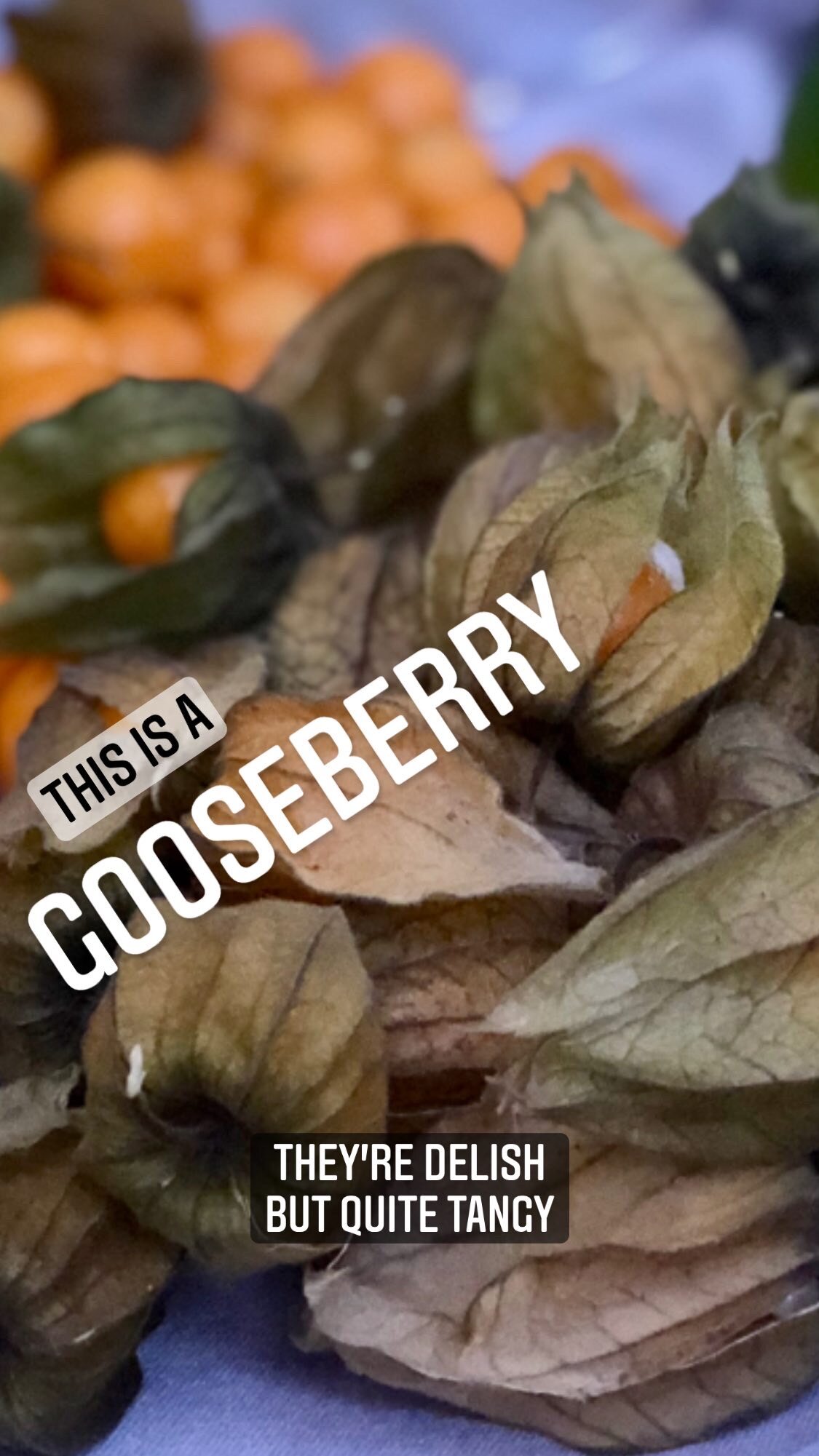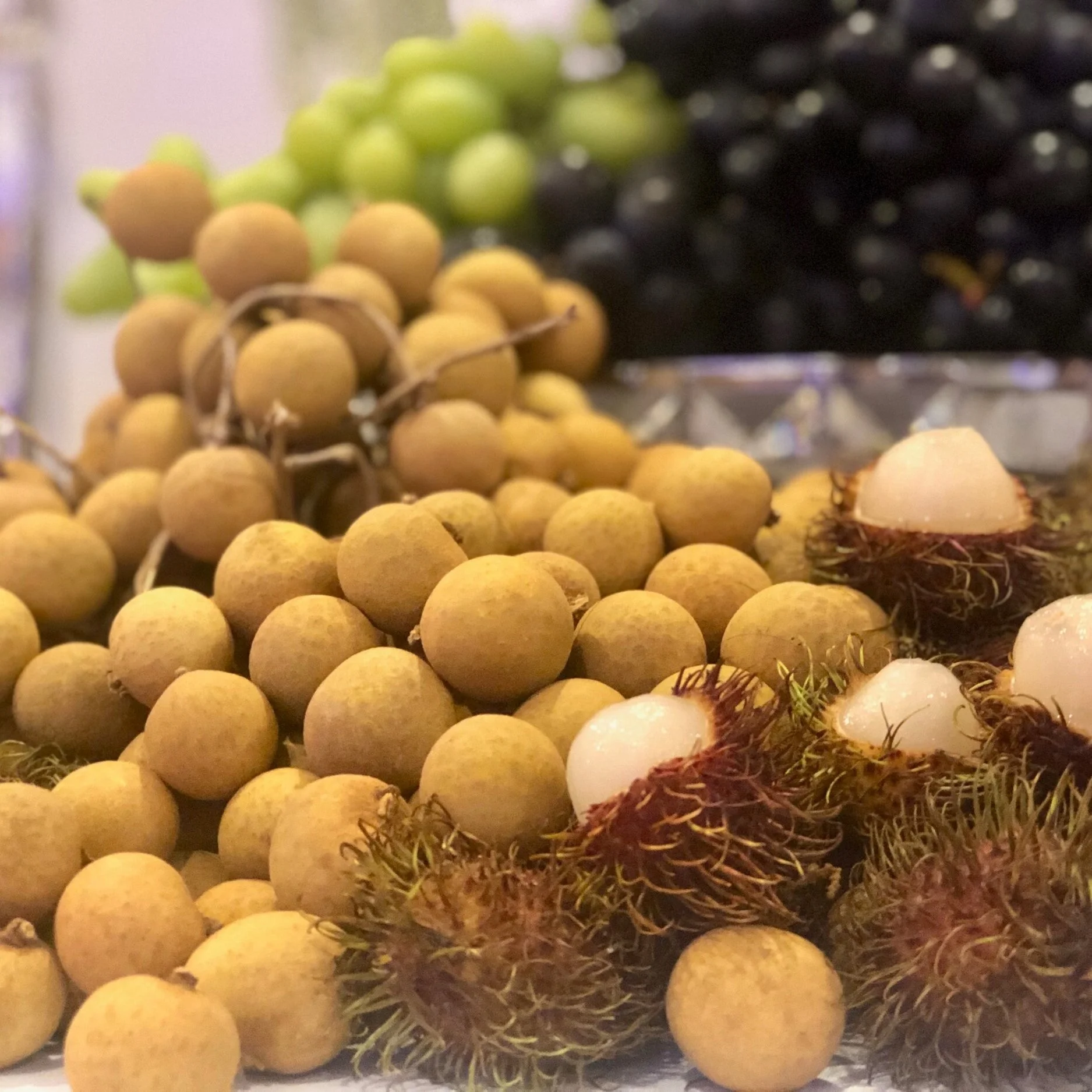Choosing New Fruits For Rosh Hashanah
/Rosh Hashanah is nearly upon us.
It is a custom in the new Jewish year to eat new fruits: seasonal fruits that have not been consumed since the year before.
Why Do We Eat A New Fruit on Rosh Hashanah?
Our custom is to eat a new fruit on both nights of Rosh Hashanah. The reason is that we should taste the newness of the new year by eating something that is unfamiliar or novel to the new autumn season. The pomegranate is the most traditional new fruit and is usually eaten on the first night, along with a shehechiyanu blessing. With its hundreds of seeds, the pomegranate symbolizes both fertility and the 613 mitzvot of the Torah. And agriculturally, it is one of the first fruit harvests of the young autumn season.
On the second night, a custom has developed to eat a more exotic fruit, in part to say the shehechiyanu blessing one more time. It is on this night that the exotic fruits often come into play.
Which Fruits Do You Choose?
For some people, this is an opportunity to taste fruits that they’ve never ventured forth to eat before, or the exotic and the bizarre-looking, that they would otherwise pass by in the supermarket’s specialty fruit aisle. For others, it’s a chance to become reacquainted with a seasonal fruit that they may not have eaten since the previous autumn.
Unless you’ve been to a Persian wedding, bris or bar/bat mitzvah. To an American-born Ashkenazi Jew raised on apples, bananas, pears and oranges, Persian functions literally overflow with fruit and nuts that Americans consider “exotic fruits”. After attending myriad Persian functions in our community, my family and I have noted that they always have a smorgasbord of hitherto unfamiliar Asian and South American fruits.
The ones that we encounter the most are longans, rambutans, lychees, starfruit, dragon fruit, horned melons and gooseberries. If you’re looking for some new fruits to feature on Rosh Hashanah, these are a good place to start.
Why These Specific Exotic Fruits?
From where does this custom originate? Is it a custom that started in the USA? Why those specific fruits?
I was intrigued enough to speak with my friend Tabby Refael, a journalist and expert in Persian culture,. She told me that “fruit stations have always been important at Persian functions. These exotic fruits merely serve to showcase a certain level of opulence. They're meant to show off… just a little bit.”
In Iran, they might have showcased cucumber, pomegranate, pineapple, strawberry and tangerine. In the USA, this has translated into lychee, rambutan, longan, starfruit, horned melon (kiwano), dragon fruit and gooseberry. And show off they do! After stuffing our faces with all of these fruits, I have now become so addicted to dragon fruit that I purchase them year-round – and even incorporate it into a delicious frozen dragon fruit smoothie.
A Guide to Picking Your New Fruit
With so many exotic possibilities, a bit of information about each fruit is very helpful, so you know what to expect when the fruit hits your palate.
Here are the highlights:
Longan
Native to tropical Asia and China. Mocha colored on the outside. Inside, they have a milky white, translucent flesh with a round black pit roughly the size of a coffee bean. The flavor is sweet, succulent and musky, with a hint of mocha.
Rambutan
Native to Southeast Asia. Very hairy on the outside (“rambutan” means “hair“ in Malaysia). Similar to longans on the inside, they are translucent, whitish or pale pink, with a dark brown pit. The flavor is sweet and mildly acidic with a hint of grapes.
Lychee
Also from Southeast Asia. Bumpy on the outside, with a reddish-pink, relatively thin skin that peels easily, exposing the white semi-translucent flesh inside. Lychee have a sweet, slightly musky flavor with a floral aroma. Like longans and rambutans, the pit is coffee bean-sized.
Starfruit
Native to Southeast Asia (notice a pattern here?), this fruit gets its name for its resemblance to a star when it’s cut into cross-sections. The entire fruit is edible. Its texture is crunchy and firm with lots of juice. Ripe starfruits taste like a slightly tart and sour blend of apple, pear, grape and citrus. Unripe starfruits taste more like sour apples.
Dragon Fruit
Native to Central and South America, dragon fruit is the very fanciful-looking fruit of a cactus, with thick, leather-like skin and colorful, scaly spikes. Peel away the leathery, scaly and very fanciful-looking outside to reveal the white or red flesh. Due to its black, crunchy seeds, the texture is reminiscent of kiwi. The most common varieties include red exterior with white flesh, red exterior with red flesh and yellow exterior with white flesh. The red interior is the sweetest overall.
Horned Melon
Native to sub-Saharan Africa, this fanciful orange-colored fruit with spikes on the outside is related to the cucumber and melon family. With its lime-green flesh and long, flat, narrow seeds, it actually looks like a cucumber on the inside! The flavor is a cross between cucumber, banana and lime, while the texture is slimy.
Gooseberry
Indigenous to Europe and Western Asia, but considered an invasive species in part of North America. Gooseberries are tart and tangy, although they can be quite sweet and subtly grape flavored when fully ripened. They are also very sticky on the outside.
Shana Tova u’Metuka!
These may be the most common “new” Rosh Hashanah fruits that I see in Southern California. But no doubt, there are many other possibilities for new fruits in California and elsewhere across the country.
I hope you all have a very sweet, abundant and consciously kosher new year, filled with the tastes, flavors and aromas of the bounty that our local farmers (and those abroad too!) provide.

